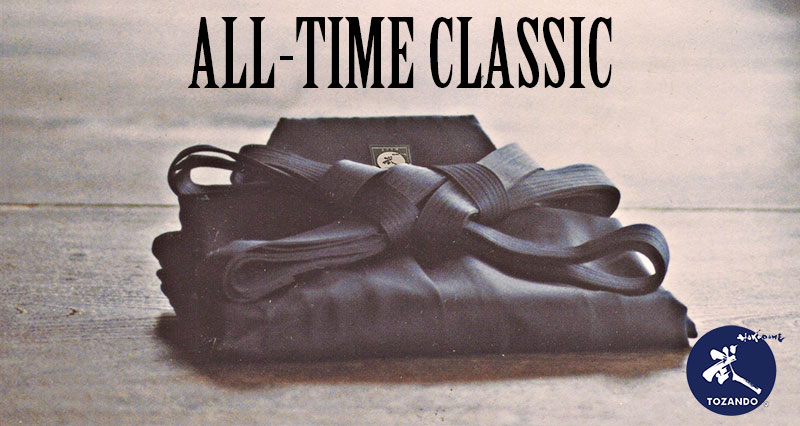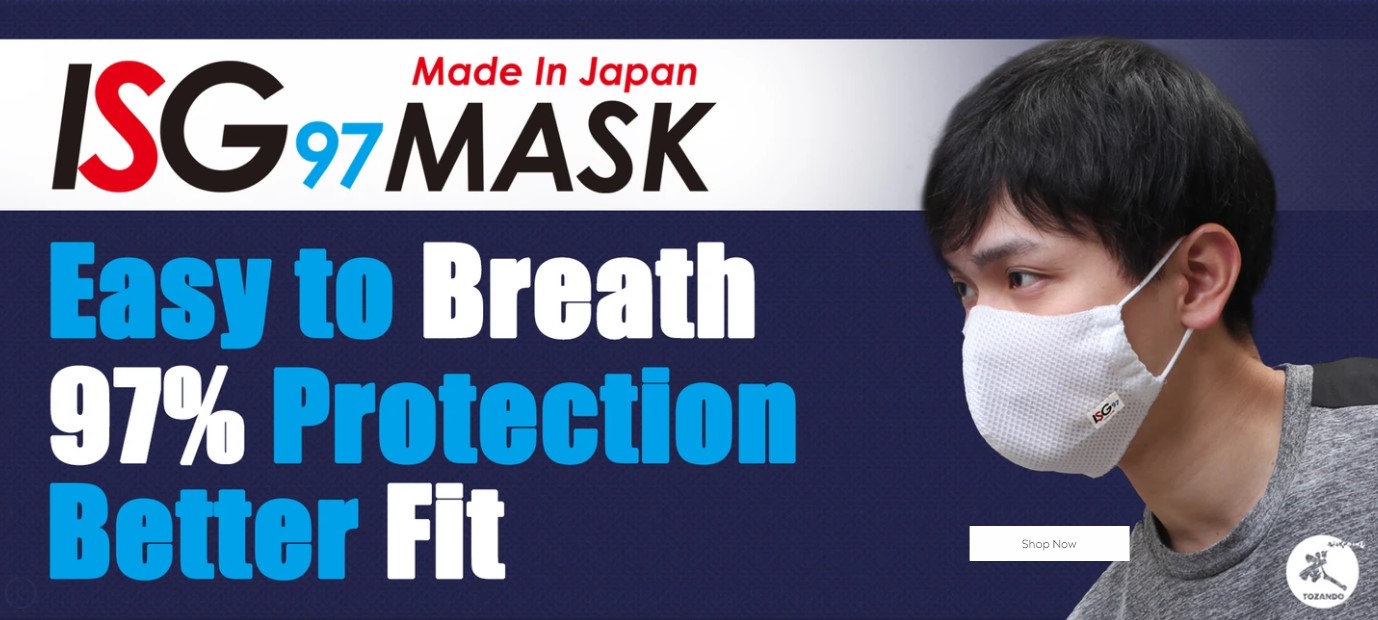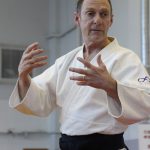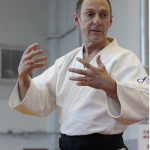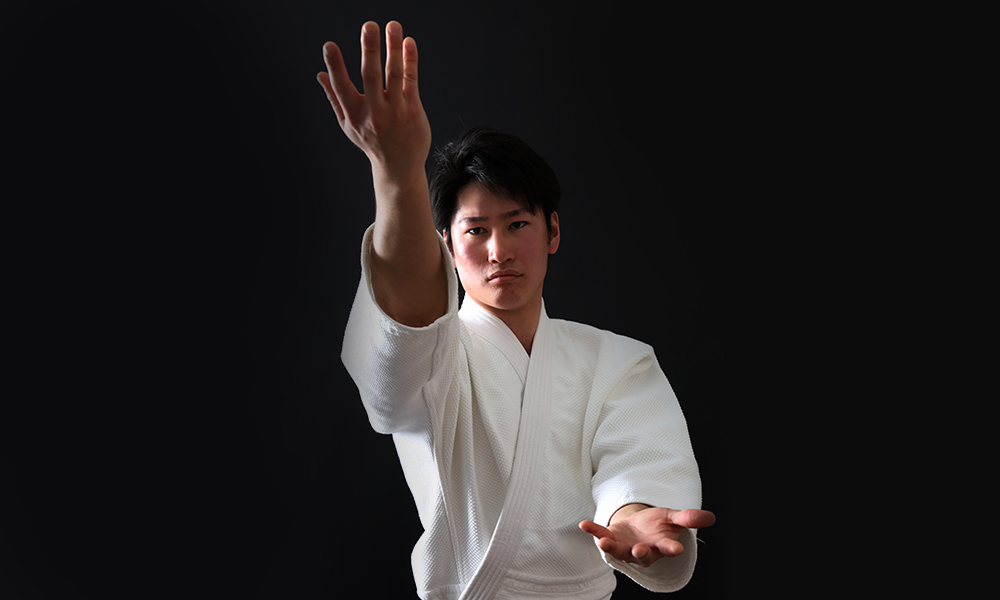
Stick to your original purpose to the last
Seami, who spread No, a traditional Japanese art, left a lot of wonderful writings. A common saying in Japan “Do not forget your shoshin.” is attributed to Seami.
“Indeed do not forget your shoshin; do not forget your shoshin in each moment, and do not forget your shoshin after you have aged.”
“Shoshin” literally means first heart or mind, but also means your original intentions and the way you thought when you first learned something or when your thought about something. But Seami interpreted shoshin to mean “the way you deal with problems you encounter for the first time”. I believe that even in martial arts such as Aikido the idea of “do not forget your original intent” is very important. Making mistakes and overcoming them through training, solving small problems one by one, and accumulating those experiences – this is the only way to become stronger. Today I will introduce something I was taught by my master when I first began Aikido, wearing a white belt. I hope it will help you in your training too.
Keep a neat posture
Aikido is particularly known for its natural, free-flowing movements. In order to do those moves, it is important that your core is stable and that you maintain the correct posture. For example, when attempting shihonage, you need to get under your opponent’s arms and make the move as your turn around. If your posture is not correct, you will fail to put your opponent off balance, and you might even lose your own balance. Worse still, you might injure your opponent. Even when you need to step low, you need strength in your core that can maintain a correct posture.
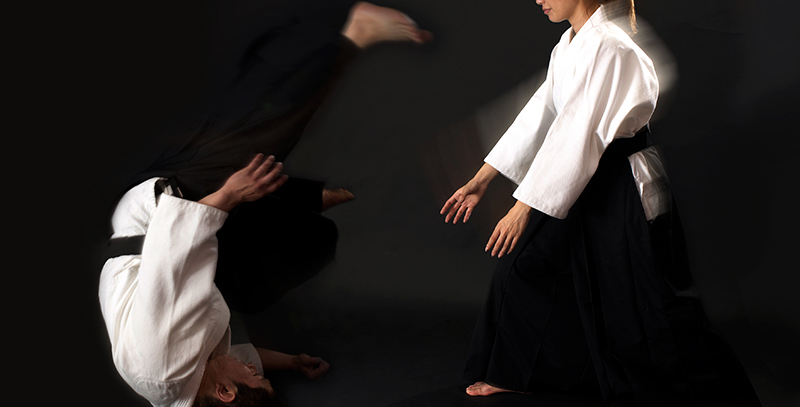
Close your arms (elbows)
Imagine one of your arms is being held by the wrist and someone is trying to force that hand down, and you want to try to left your arm up to your face. What does the arm being held look like? If the back of your hand is facing upward, and your elbow is spread out with your arms open, you can only lift your arm with the strength of that arm alone. If the back of your hand is facing sideways (which means your thumb would be facing upward), your elbow is lowered, and your arms are closed, you can swing your arm around and find a direction in which you can raise your arm rather easily. It is unlikely that you would swing the sword with your arms open. If you use your hand the same way in aikido with your arms closed, you will make some interesting discoveries.
Relax
When things don’t go well, many people try to solve the problem with the strength of one’s arms. In everyday life, relying on the strength of your arms is quite natural, but you might find a breakthrough by simply letting go. Imagine both of your arms are held behind your back. Your opponent has countered your move and is holding both your hands firmly by the wrist. When you try hard to break free with both arms, it will not work. When someone stronger than you is holding you down, give up trying to fight with your wrists and try relaxing. When you relax, you will realize that your other, such as your legs and your hips, can move rather freely. Try twisting your whole body around, and you will find that your opponent is quite easily moved too. Switching your mind to the next thing in a short moment and finding a breakthrough depends on you relaxing both your mind and your body.
By Tatsunari Tachibana(Tozando, Aikido 5-dan)
 | Did you like what you've just read? Check this out. |


